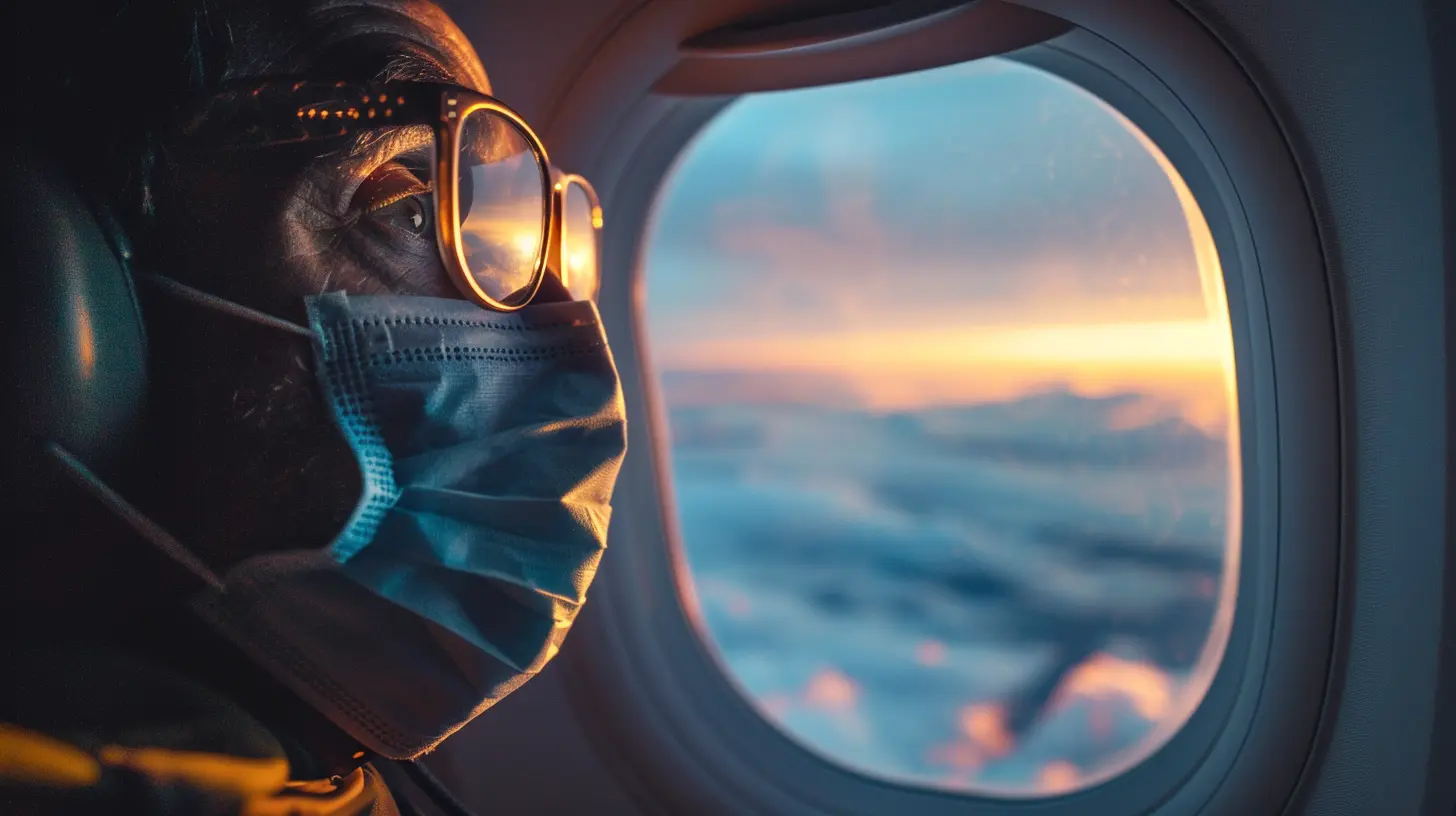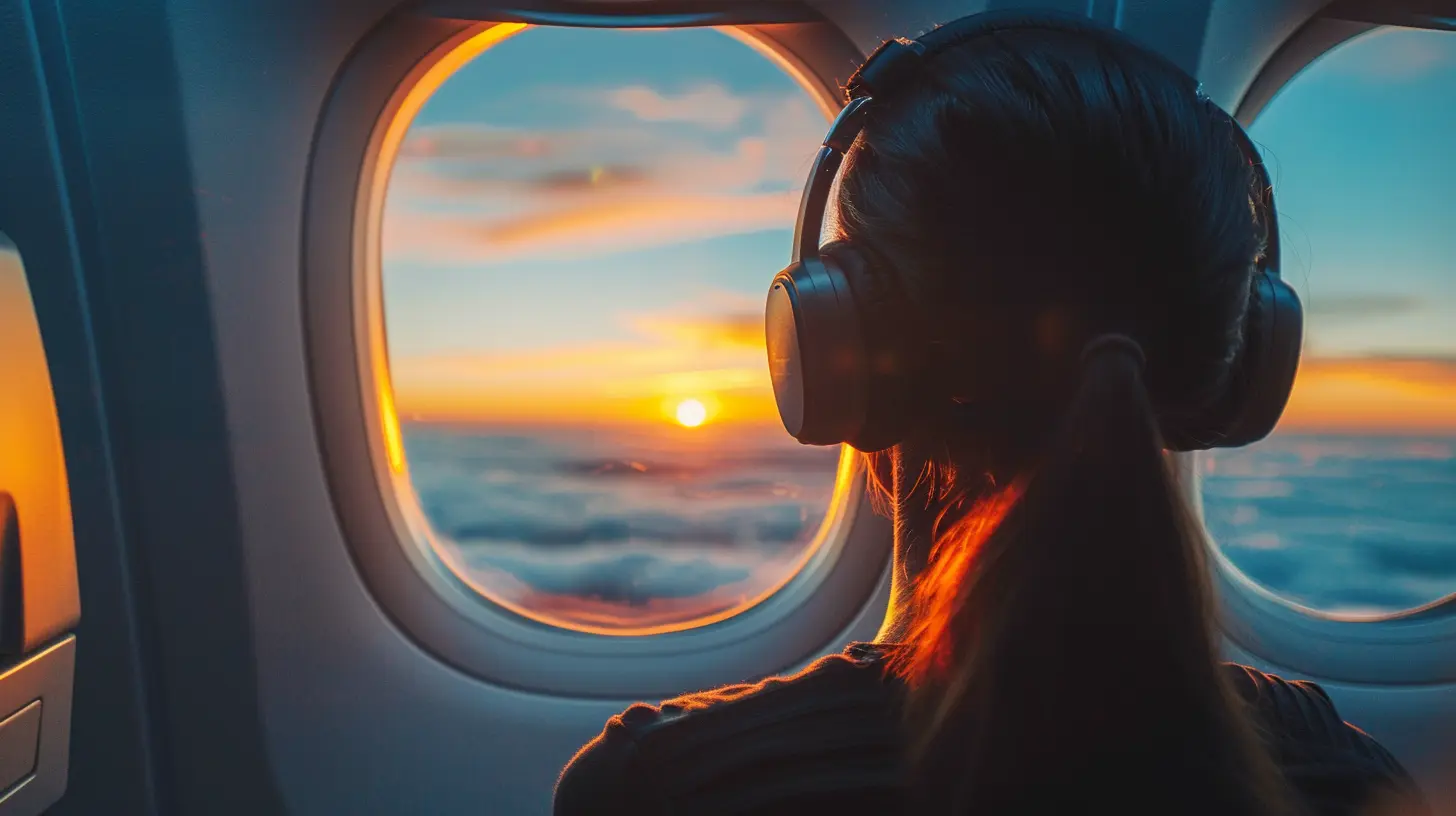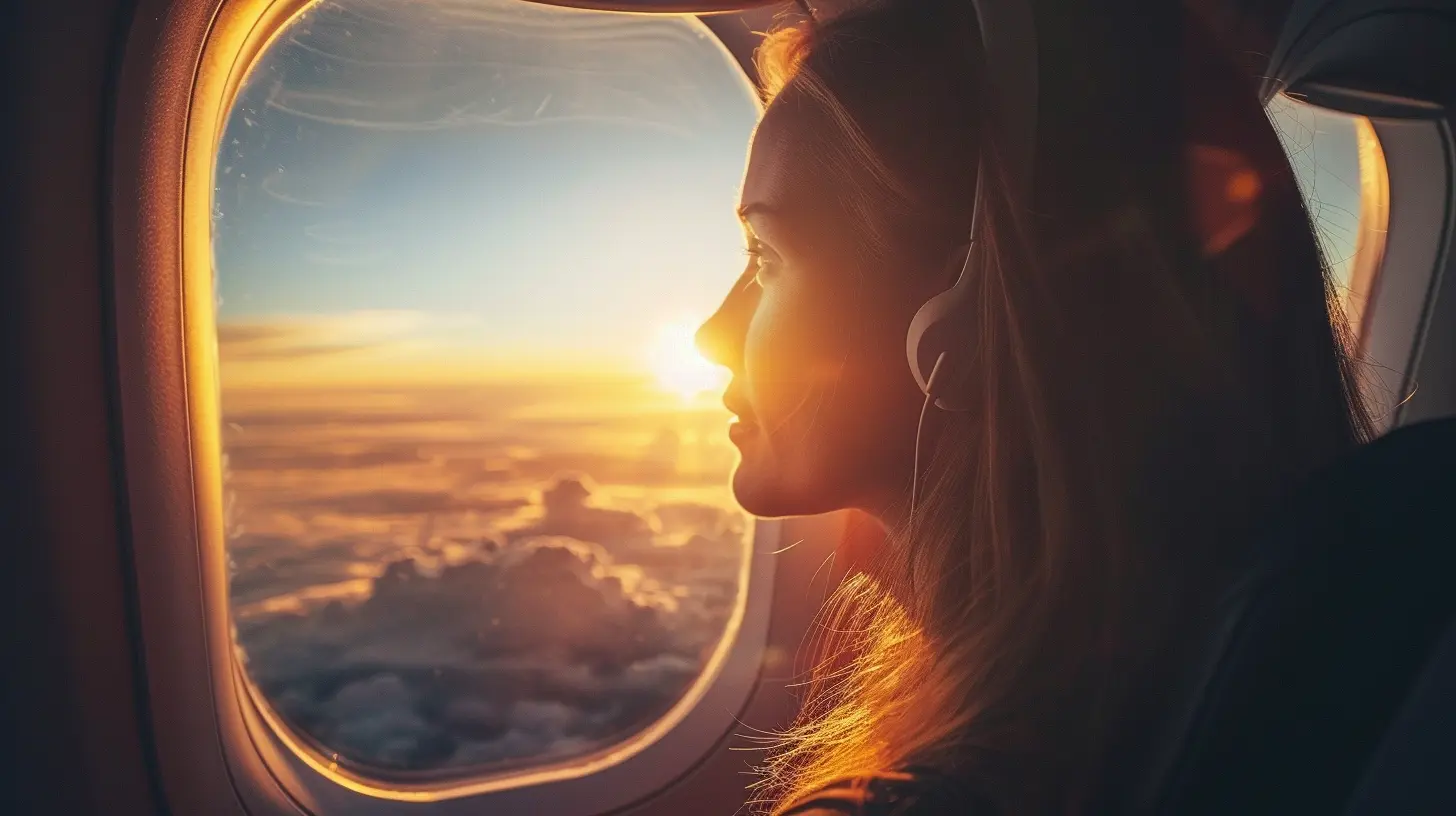How to Protect Your Ears During Air Travel
1 August 2025
Flying is exciting—it gets you to your destination fast and saves you the hassle of long road trips. But let’s be honest: the discomfort in your ears during takeoff and landing can be a real pain, sometimes even excruciating. If you’ve ever had that awful feeling of pressure building up in your ears or, worse, a blocked sensation that lingers long after your flight, you know exactly what we’re talking about.
So, how can you keep your ears happy during air travel? Let’s dive into the causes of ear pain on flights and the best ways to avoid it.

Why Do Your Ears Hurt on a Plane?
Before we jump into solutions, let's talk about why this happens in the first place. The culprit? Changes in air pressure.Your ear has a small yet mighty part called the Eustachian tube. This tube connects your middle ear to the back of your nose and throat, helping to regulate pressure. When you're on the ground, everything is balanced. But when a plane takes off or lands, pressure outside your middle ear changes rapidly. If your Eustachian tube can’t adjust quickly enough, your ear drum gets stretched, leading to that tight, uncomfortable feeling—or even pain.
For some, it’s just an annoyance. But for others—especially those with sinus congestion, allergies, or colds—it can be downright miserable. Now, let’s talk about how to make flying easier on your ears.

Tips to Protect Your Ears During Air Travel
1. Use the "Valsalva Maneuver"
Sounds fancy, right? But it’s actually super simple. Here’s how you do it:- Take a deep breath.
- Pinch your nose shut.
- Keep your mouth closed and gently blow as if you're trying to push air out through your nose.
This should open up your Eustachian tubes and equalize the pressure inside your ear. Just don’t blow too hard—you don’t want to hurt yourself!
2. Try the "Toynbee Maneuver"
If the Valsalva maneuver isn’t working for you, try this instead:- Pinch your nose shut.
- Take a sip of water and swallow.
Swallowing naturally opens your Eustachian tubes, making it easier for your ears to adjust to pressure changes.
3. Chew Gum or Suck on Candy
Ever notice how flight attendants always offer candy before landing? That’s because chewing or sucking stimulates swallowing, which helps clear out any pressure buildup in your ears. Keep gum or hard candy handy for takeoff and landing to prevent discomfort.4. Stay Hydrated
Dry cabin air can cause your nasal passages to become congested, making it harder for your ears to equalize pressure. Drink plenty of water throughout your flight to keep your airways moist and clear. Trust us—your ears will thank you!5. Use "EarPlanes" or Pressure-Regulating Earplugs
If you're a frequent flyer or particularly sensitive to ear pain, consider investing in filtered earplugs like EarPlanes. These special earplugs slow down the rate of air pressure change, giving your ears more time to adjust. They’re a lifesaver for people who struggle with ear issues on flights.6. Yawning and Swallowing Frequently
Sounds odd, but yawning and swallowing naturally help open those stubborn Eustachian tubes. If you feel pressure building, fake a yawn—it might just do the trick!7. Avoid Sleeping During Takeoff and Landing
We know—it’s tempting to doze off, especially on long flights. But sleeping during takeoff and landing isn’t ideal for your ears. When you’re awake, your body naturally adjusts to pressure changes through swallowing and yawning. If you’re asleep, your Eustachian tubes might not open as easily, leading to pressure buildup.8. Use a Nasal Spray or Decongestant (If Needed)
If you have a cold, allergies, or sinus issues, your Eustachian tubes might already be partly blocked before you even board. Using a nasal decongestant spray (like Afrin) around 30 minutes before takeoff can help open things up and prevent ear pain. If you have allergies, an antihistamine can also be helpful.That said, decongestants aren’t for everyone—people with high blood pressure, heart conditions, or certain medical issues should check with a doctor first.
9. Try the "Frenzel Maneuver"
This one’s a bit more advanced, but it works well for divers and pilots dealing with pressure changes. Here’s how:- Pinch your nose shut.
- Keep your throat closed and make a "K" or "Guh" sound.
It helps push air into your middle ear without straining. If you’ve struggled with other methods, this might be worth a shot.
10. Give Yourself Time to Adjust (If Possible)
If you're particularly prone to ear pain and you're flying somewhere with a big altitude change (like the mountains), try to give your ears time to adjust. If possible, take it easy for the first few hours after landing and avoid activities like diving, hiking at high altitudes, or anything that puts additional pressure on your ears.
What to Do If Your Ears Stay Blocked After Flying
Sometimes, your ears don’t pop back to normal immediately after landing. If your ears still feel clogged hours—or even days—after your flight, try the following:- Keep chewing gum, yawning, and swallowing frequently.
- Use a warm compress around your ears to help relax your inner ear muscles.
- Try a steam inhalation (just lean over a bowl of hot water with a towel over your head).
- Use a saline nasal spray to help clear your nasal passages.
- If your symptoms don’t improve after a few days, see a doctor—especially if you experience pain, hearing loss, or dizziness.

Final Thoughts
Airplane ear pain is no fun, but the good news? It’s completely preventable. By using simple tricks like chewing gum, yawning, staying hydrated, and even trying special earplugs, you can keep your ears happy while you travel.The next time you’re on a plane, give these tips a try. Your ears will thank you, and you’ll arrive at your destination feeling much more comfortable. Safe travels!
all images in this post were generated using AI tools
Category:
Travel HealthAuthor:

Taylor McDowell
Discussion
rate this article
2 comments
Courtney Cross
Thank you for this invaluable guide! As someone who has struggled with ear discomfort during flights, I truly appreciate your practical tips. It’s comforting to know there are simple strategies to make air travel more enjoyable and pain-free. Safe travels!
October 30, 2025 at 4:05 PM

Taylor McDowell
Thank you for your kind words! I'm glad you found the tips helpful. Wishing you comfortable and enjoyable travels!
Leo Daniels
Amid the skies and whispers of altitude, your ears become guardians of balance. Discover the hidden rituals and unexpected remedies that travelers have sworn by, unlocking the secrets to a pain-free journey through the clouds.
August 8, 2025 at 3:51 AM

Taylor McDowell
Thank you! I’m glad you enjoyed the article. Those rituals and remedies can truly make a difference in ensuring a comfortable flight. Safe travels!


